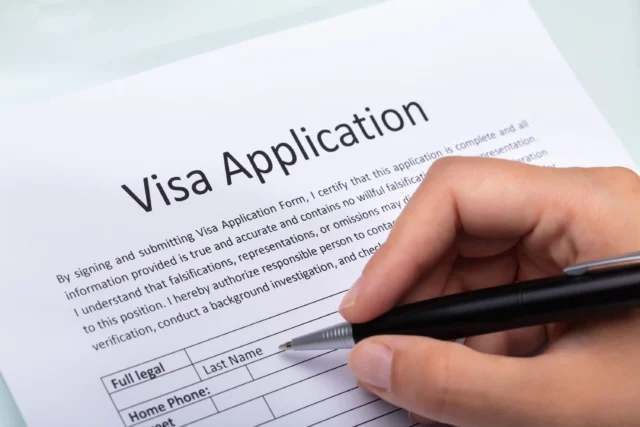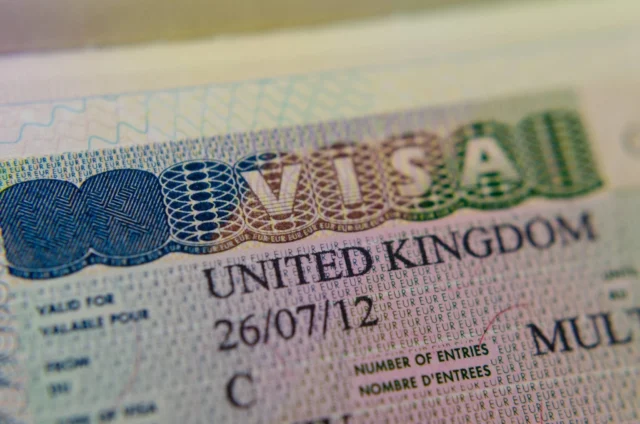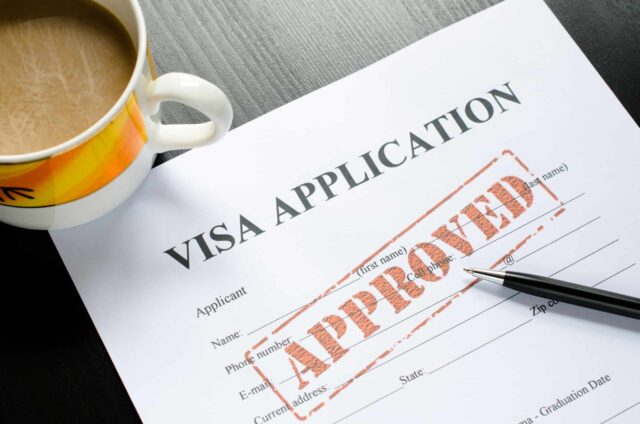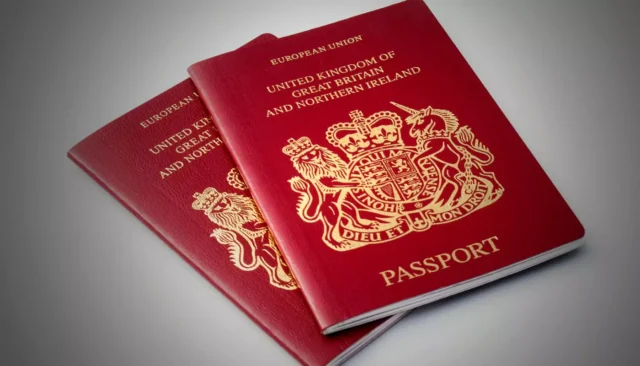
When a proud student who owns a UK student visa graduates, they sometimes go back home or decide to stay there. And while the first choice requires only a decision to move, the second one is more complex, as they need to change to another type of UK visa.
As many graduates plan on staying in the UK after their studies, they need to ensure a smooth transfer from their current visa to a new one. So today, in this article, we’ll explore some of the best ways to make this transition the easiest for you. And while some students directly move to the UK family visa, as they found the love of their lives, others may have a challenging time obtaining a working visa. But don’t worry, because we’ll help you and guide you through the process with these simple steps:
1. Understand your student visa

A student visa is your permit to stay in the UK to study. Usually, you have it during the whole studies, and maybe some post-graduation time until you complete the formal details with your university. During that time, the UK lets you explore job opportunities, so you can decide if you indeed want to pursue a UK career. That way, you can initiate a working visa process, to start a transition from your student visa to a working one, without having to leave the country in the meantime.
2. Confirm your eligibility for a working visa
The UK has some specific conditions when it comes to transitioning from a student to a working visa, such as being a graduate from a recognized UK university, and already having a job offer or employment from a UK employer. And while it sounds simple, there are many details you need to consider, as the UK offers a few types of work visas you can get.
3. All types of UK working visa

As a graduate, you have a few options to obtain a working visa. But first, you need to understand the unique characteristic every type has, as each comes with unique requirements and benefits. So here’s what you need to know:
Tier 4 – This is your current visa, i.e., the student visa you got in order to complete your studies and graduate from some of the anticipated UK universities or education institutions.
Tier 1 – Global talent visa for talented and promising individuals who are interested to work in science, social sciences, engineering, or medicine. If you want to work in arts, culture, and digital technology, you need to apply through Arts Council England or Tech Nation. This one is the best option for those who want to launch a start-up or work on some innovation, meaning they invest in the UK economy, offering new job opportunities.
Tier 2 – This is the most common type of working visa, named a visa for skilled workers. With yours, you can stay in the UK for up to 3 years, with an option to extend it for 3 years more. To obtain this visa, you must have an offer for a graduate-level job or one of the jobs in the UK faces a labor shortage. Also, you have to provide a certificate of sponsorship from a UK employer. Another option is to apply for a Doctorate Extension Scheme work visa with the end of studies coming, in order to extend your stay for the transition time.
Tier 5 – This is known as a temporary worker or charity worker visa, which you can receive without a job offer. Still, you need to be a part of the Government Authorised Exchange Scheme, meaning you’re taking part in research and training. At this point, you need to know that there are six possible routes i.e. six temporary worker visa types, such as creative worker visa, charity worker visa, religious worker visa, government authorized exchange worker visa, international agreement worker visa, and seasonal worker visa.
4. How to prepare for the new visa?

Now as you identify which type of visa you’re eligible for, it’s time to prepare for the application. Make sure you have all the needed documents, as well as your passport, your current visa, academic documents, job offer letter, and of course, proof of English language proficiency.
Follow all the instructions depending on the working visa type, so you can avoid errors that may lead to delays or even rejection.
As part of the documentation, you need to provide financial proof that you can support yourself during your stay. So, ensure you have enough funds to cover living expenses until you start earning a stable income.
5. When to submit the application?

In many cases, you can start the transition before your student visa expires. That way you ensure there are no “holes” in your stay since it’s more complicated to go through this from your motherland.
Still, the transition process is not frictionless, so it’s better to ask for professional guidance from your immigration advisor. You can even work with a legal expert who will provide personalized guidance for you, understanding your unique circumstances.
That way you increase the chances of a successful application.
Final Words
While the working visa application process is pretty straightforward, many applicants may have a challenging time submitting the right documents. It becomes easier when you already have a UK visa, and you only need to transition. But it doesn’t mean you won’t need to meet their special requirements regarding the working visa type you’re applying for.
As we covered the common types of UK working visas and shared tips for a smooth transition, we ensure you’ll have a less-challenging time getting the job you want.
So it’s up to you to check if your passport is still valid, renew the documents that are close to expiring, and collect the additional documentation required for the working visa. Work with an immigration assistant to make sure you won’t skip any of the essential steps. We hope that you’ll find your dream job and be successful at it, which may result in a permanent stay in the UK.







